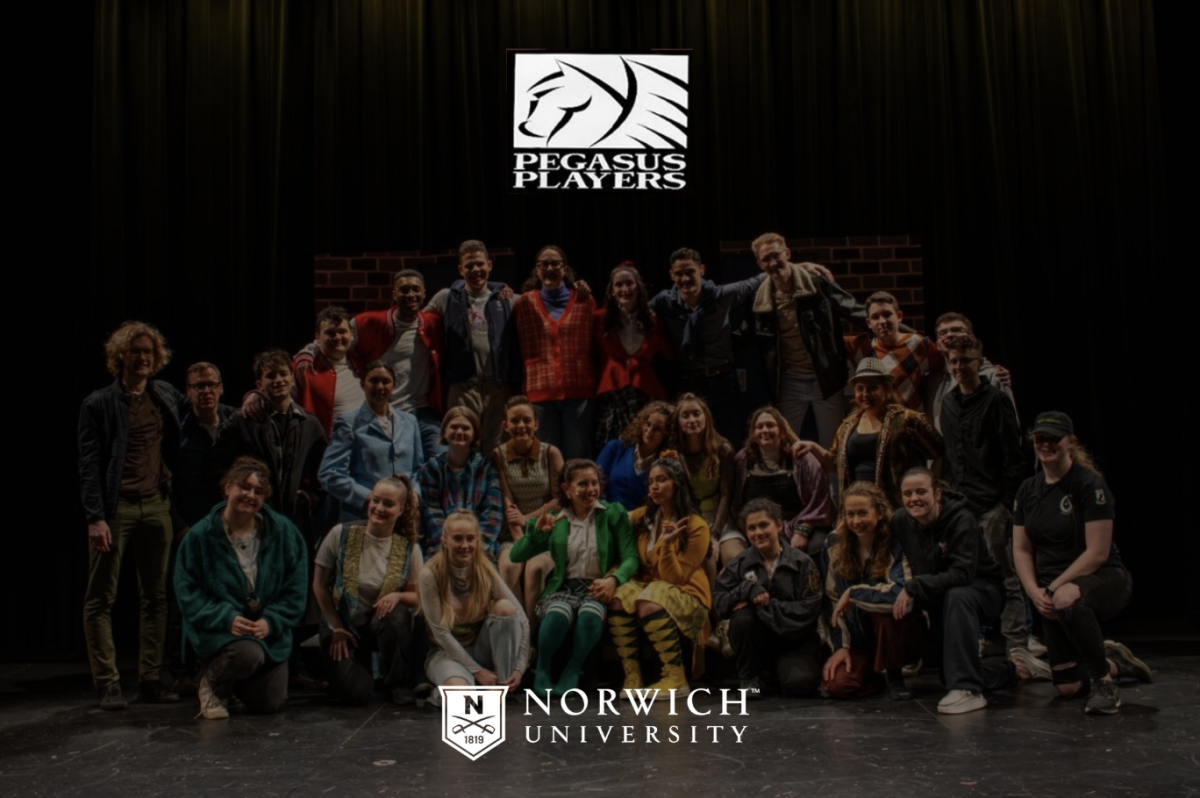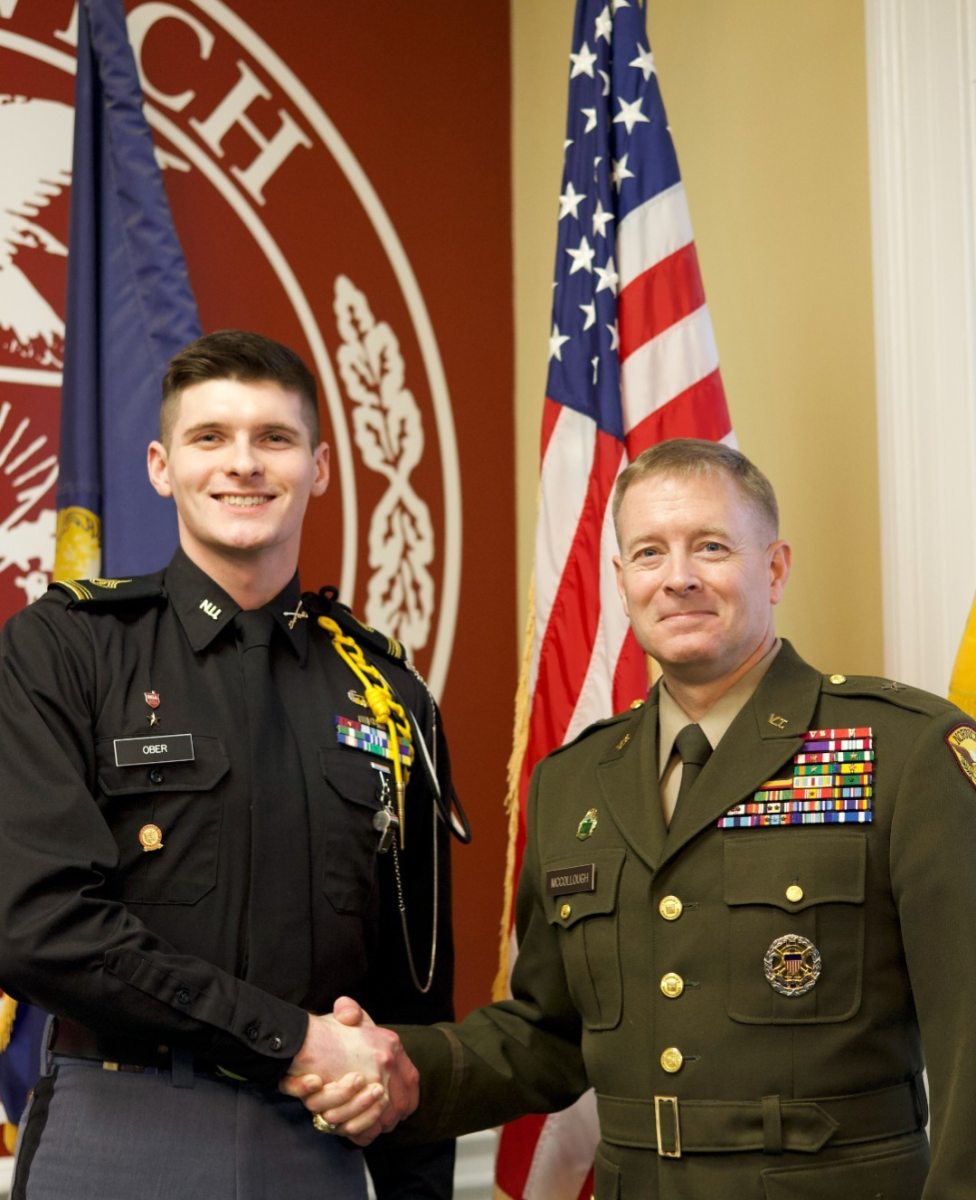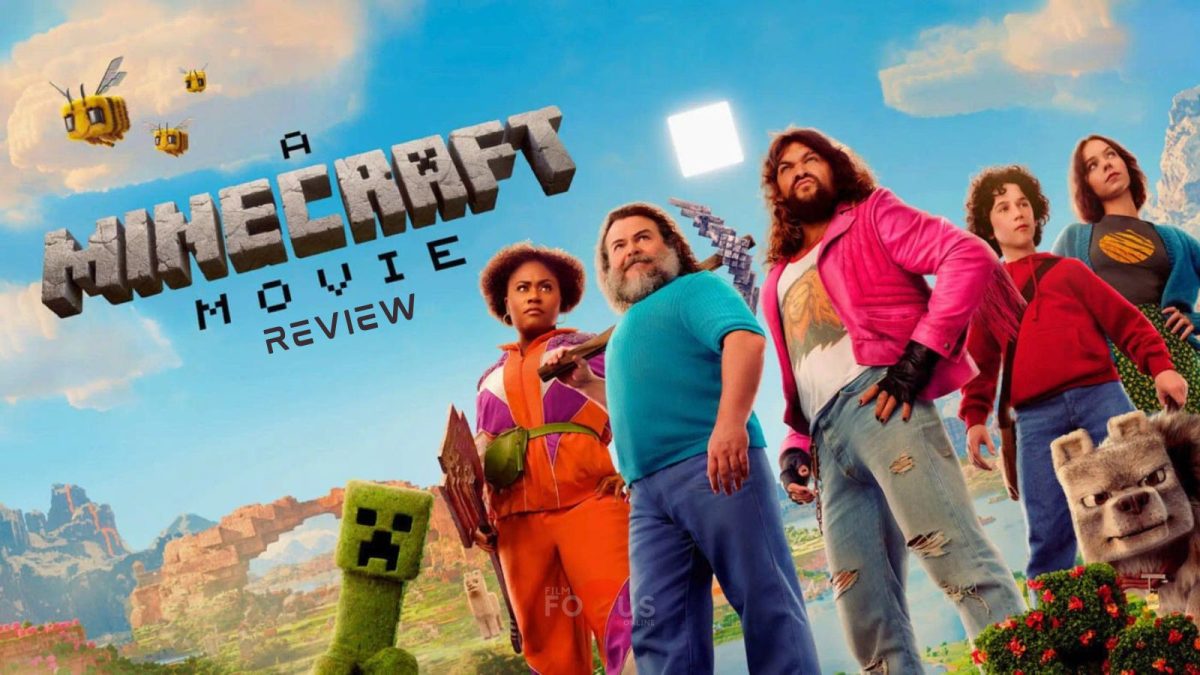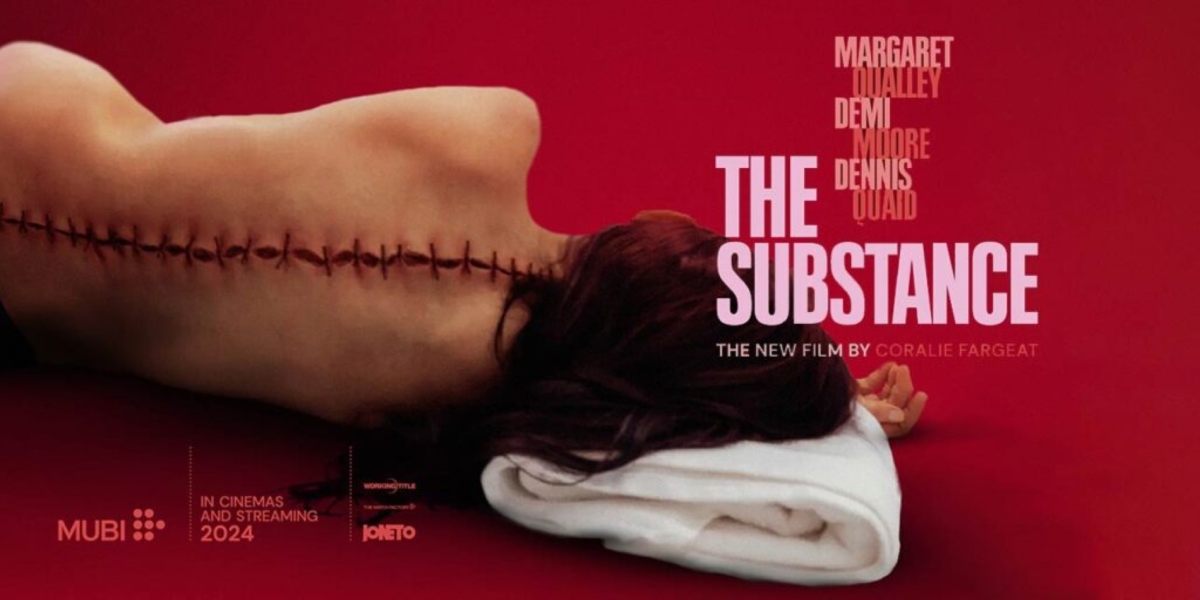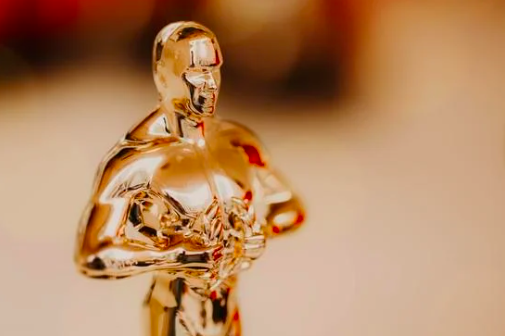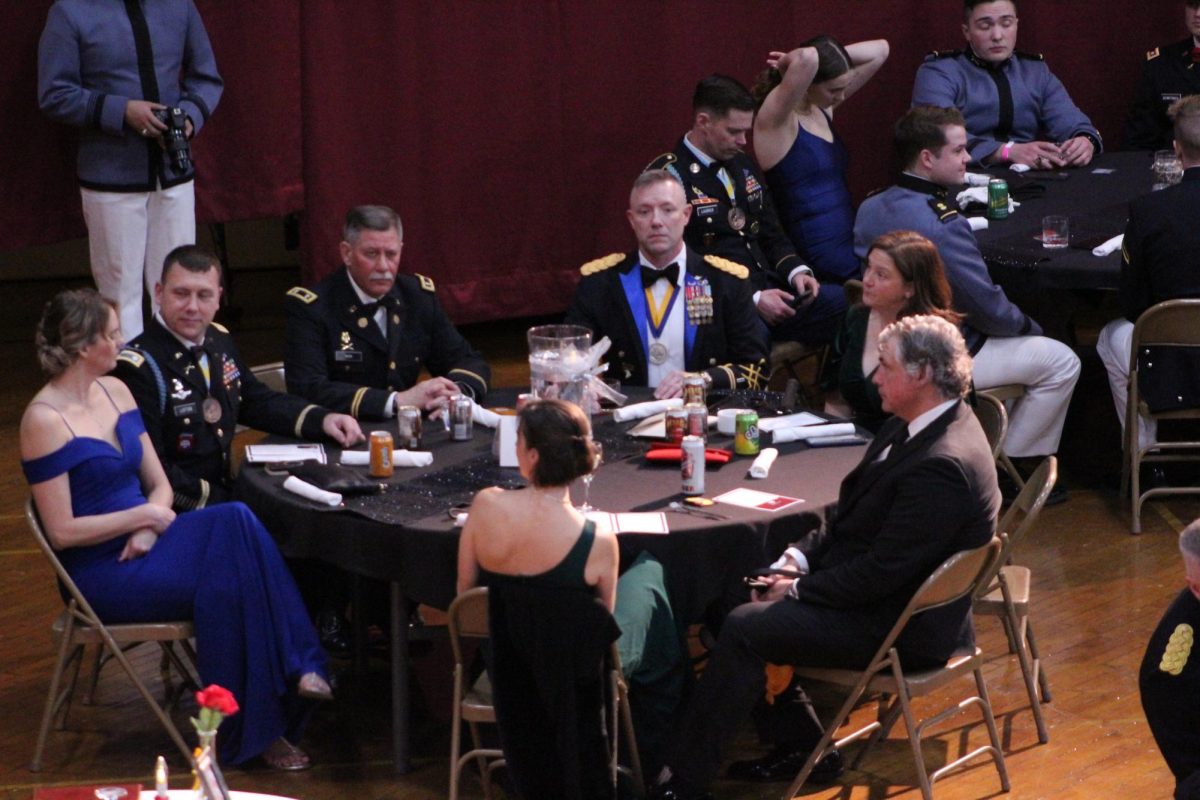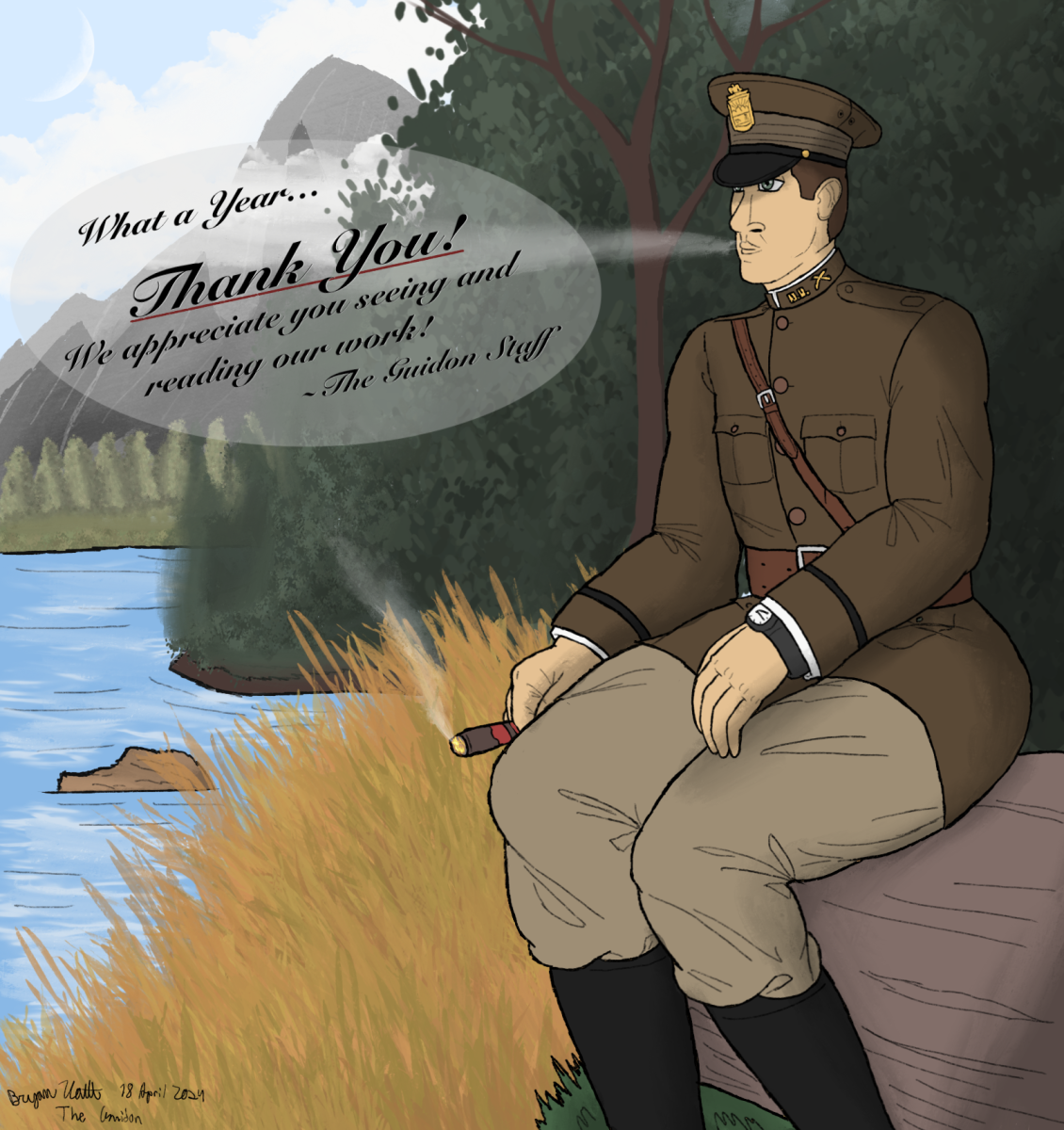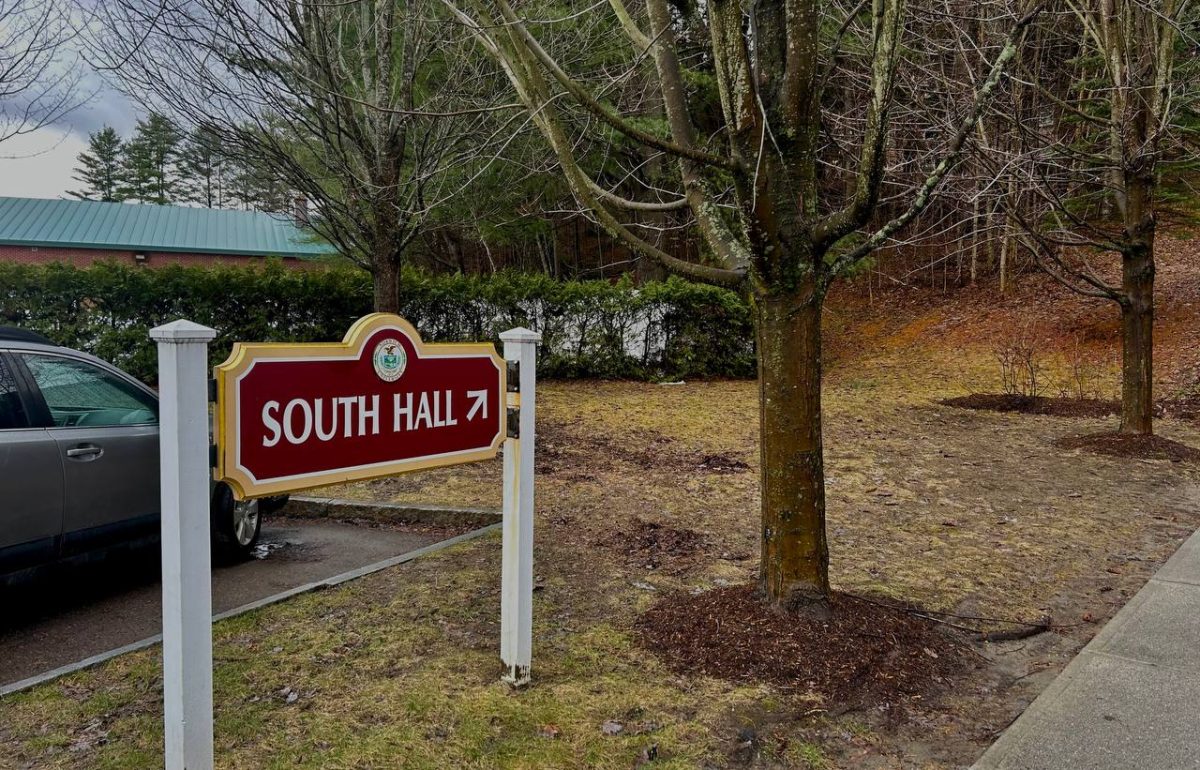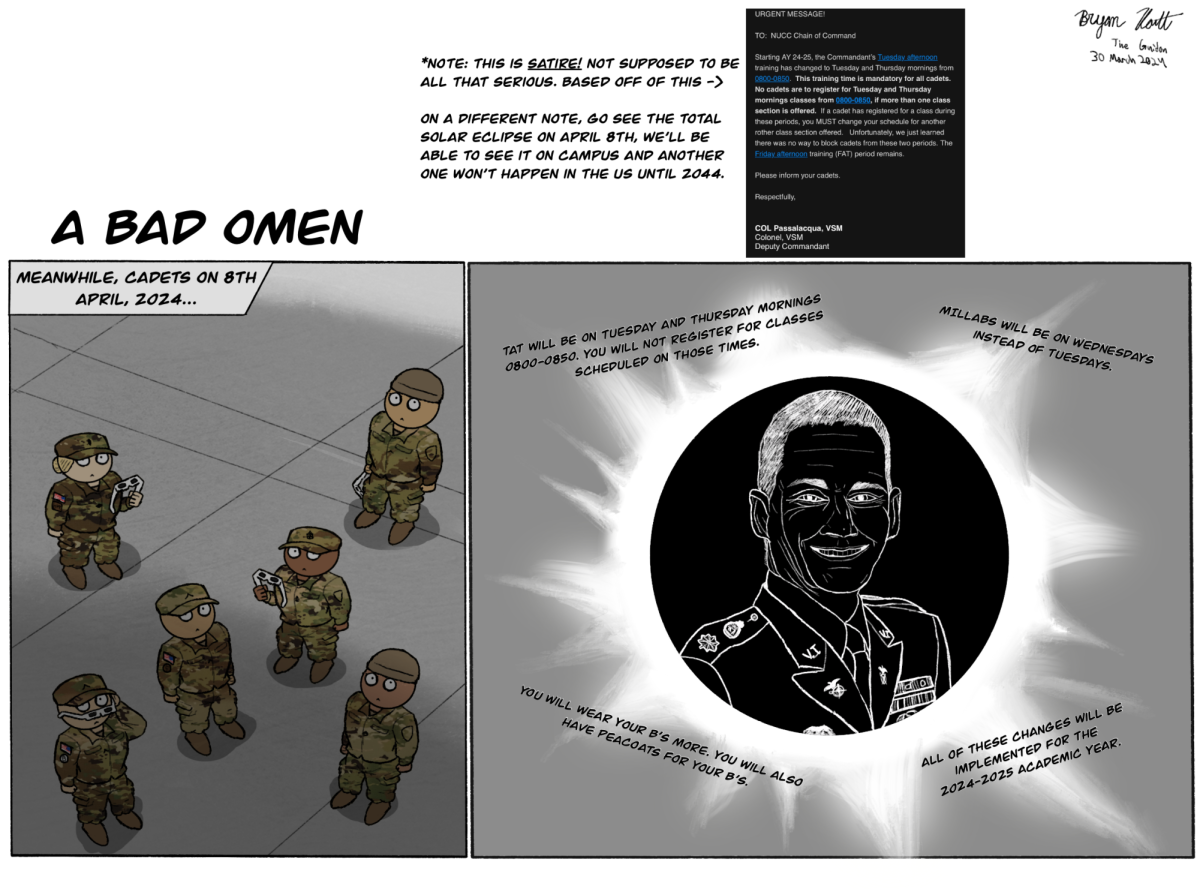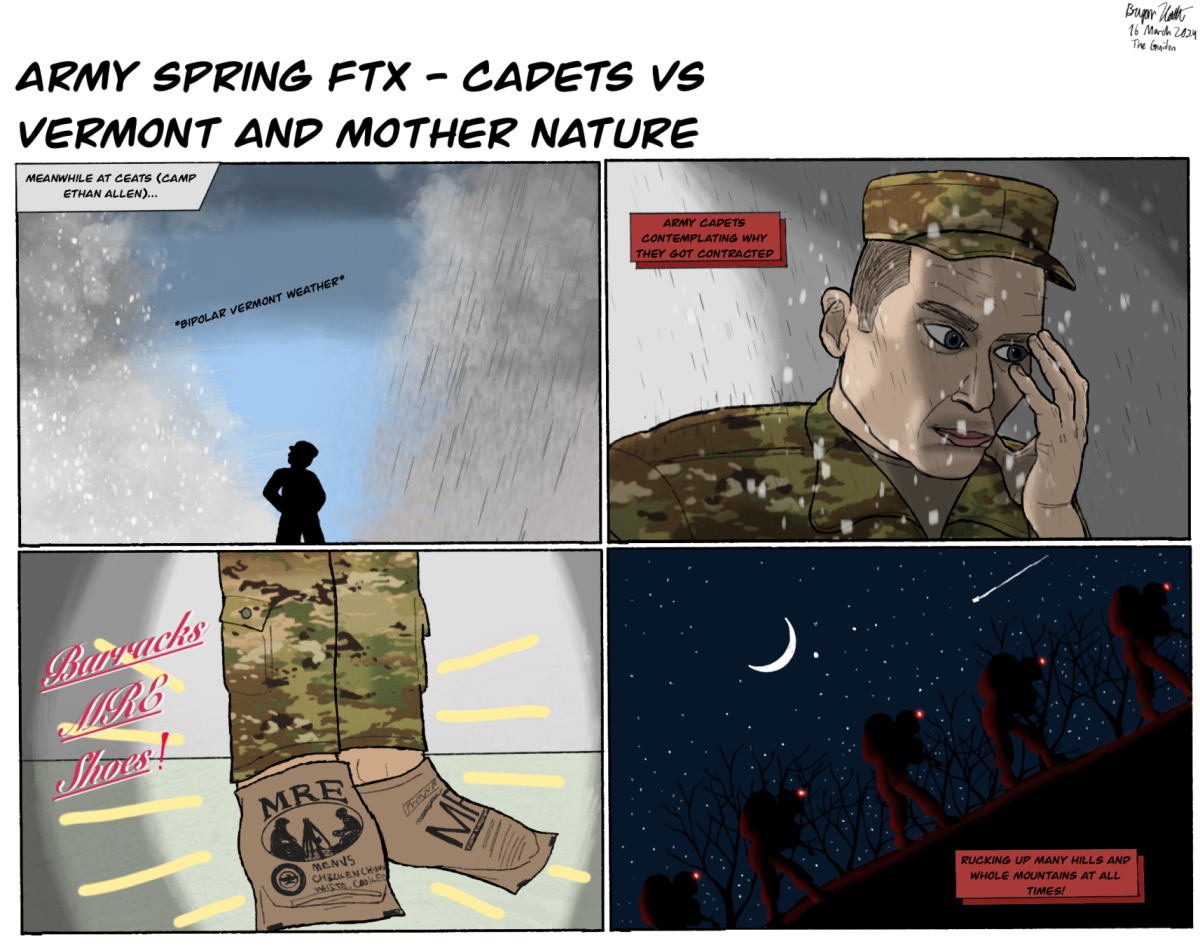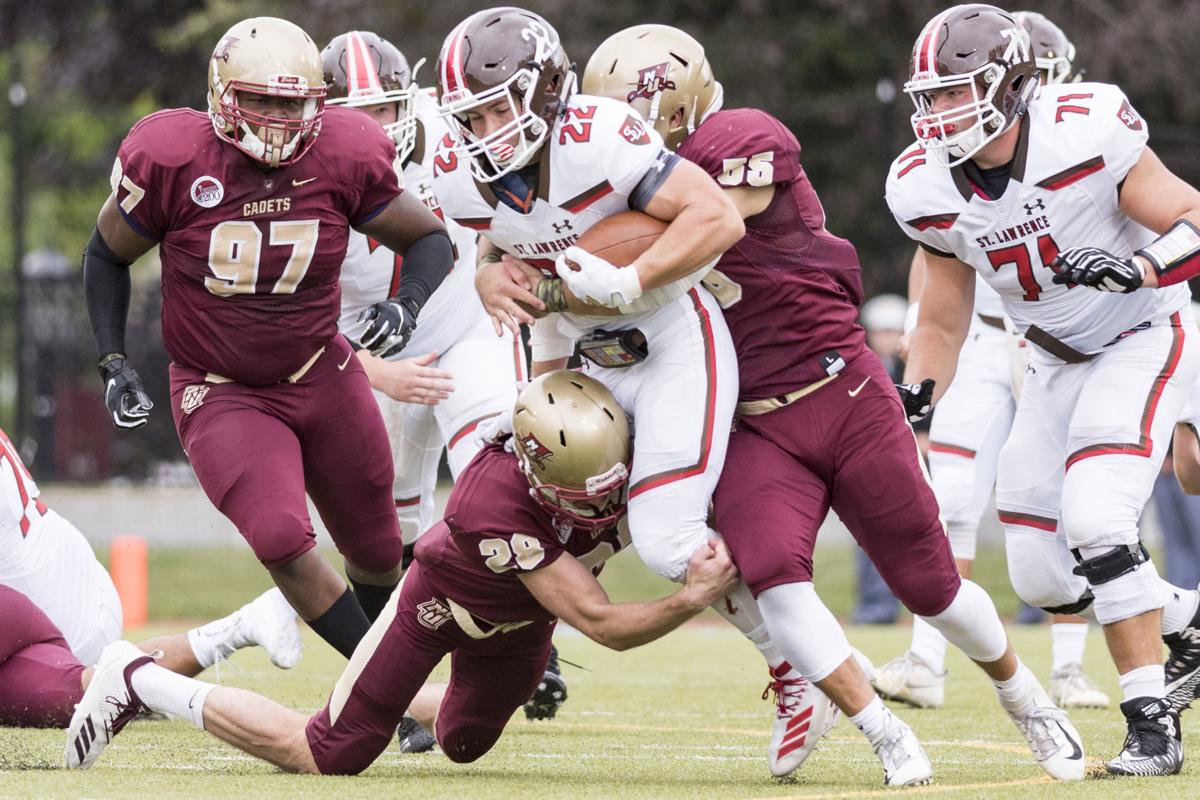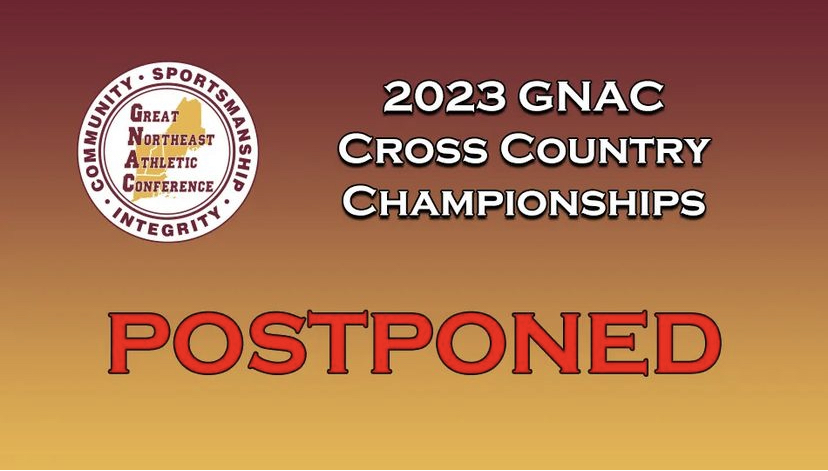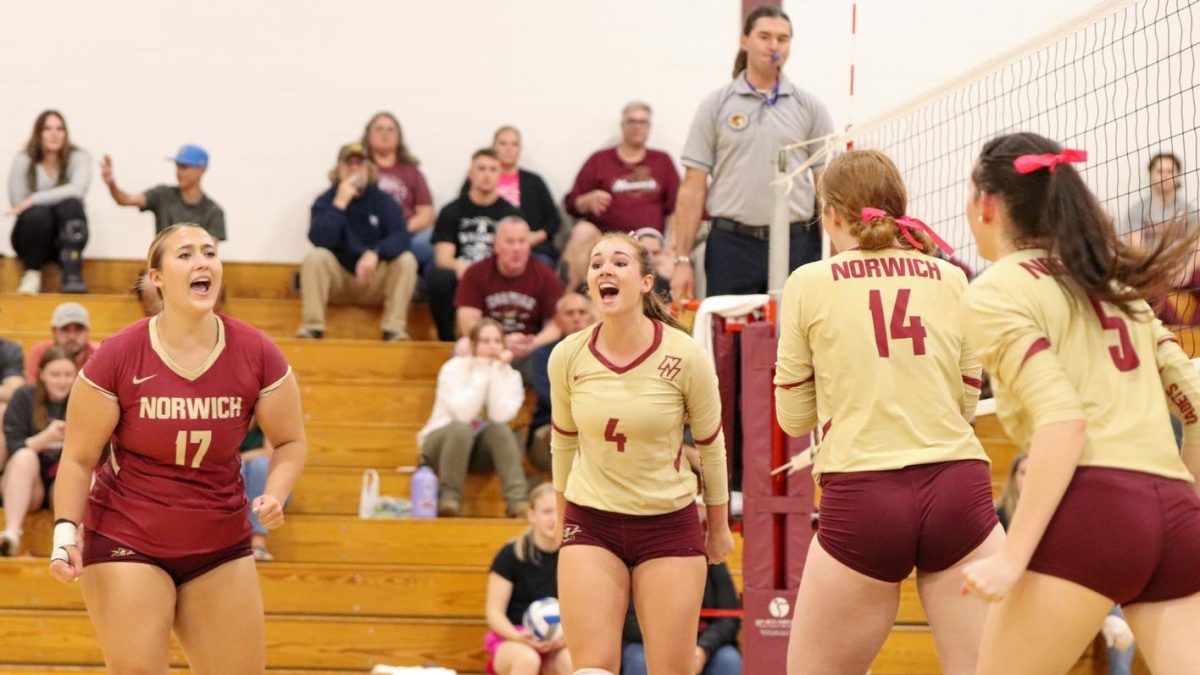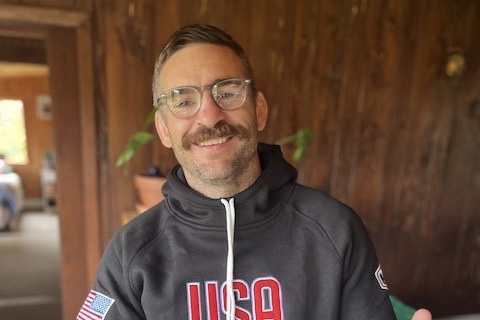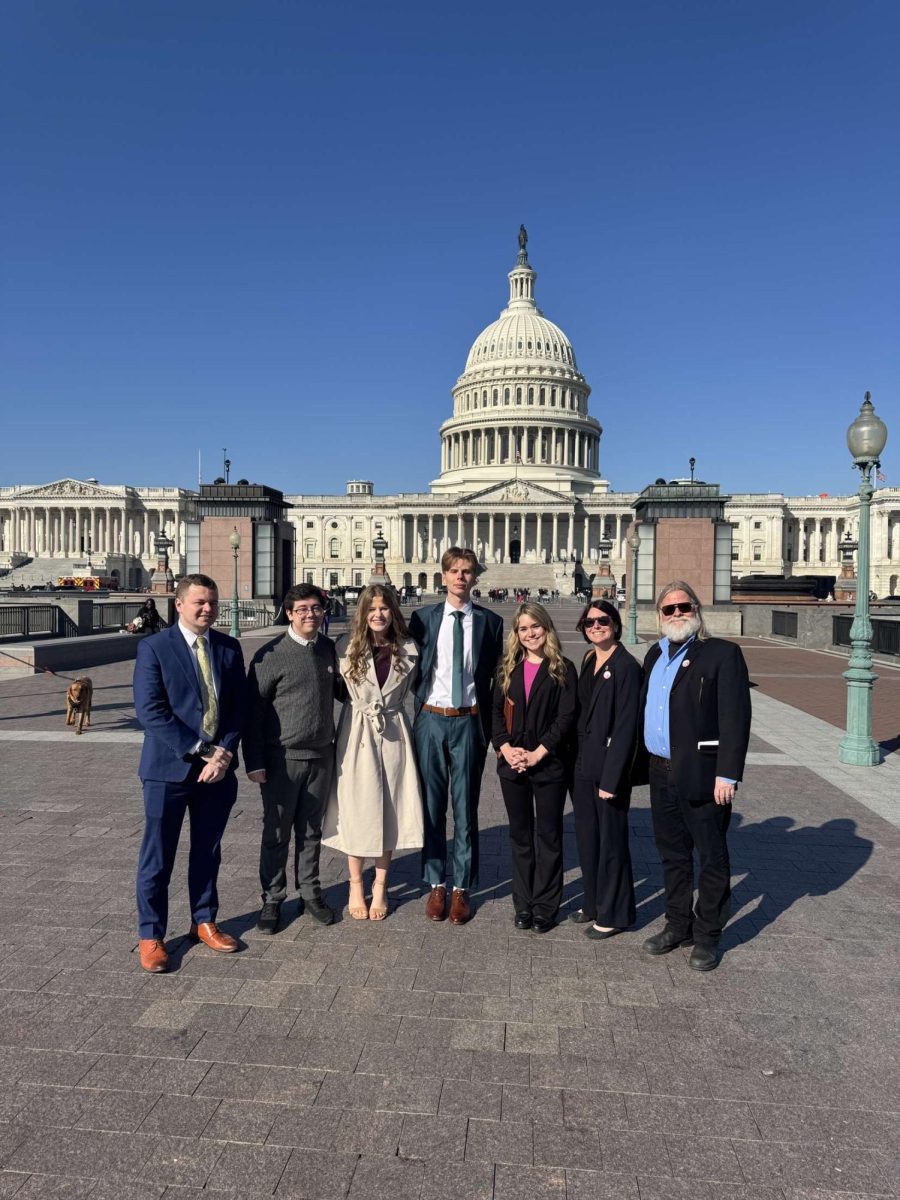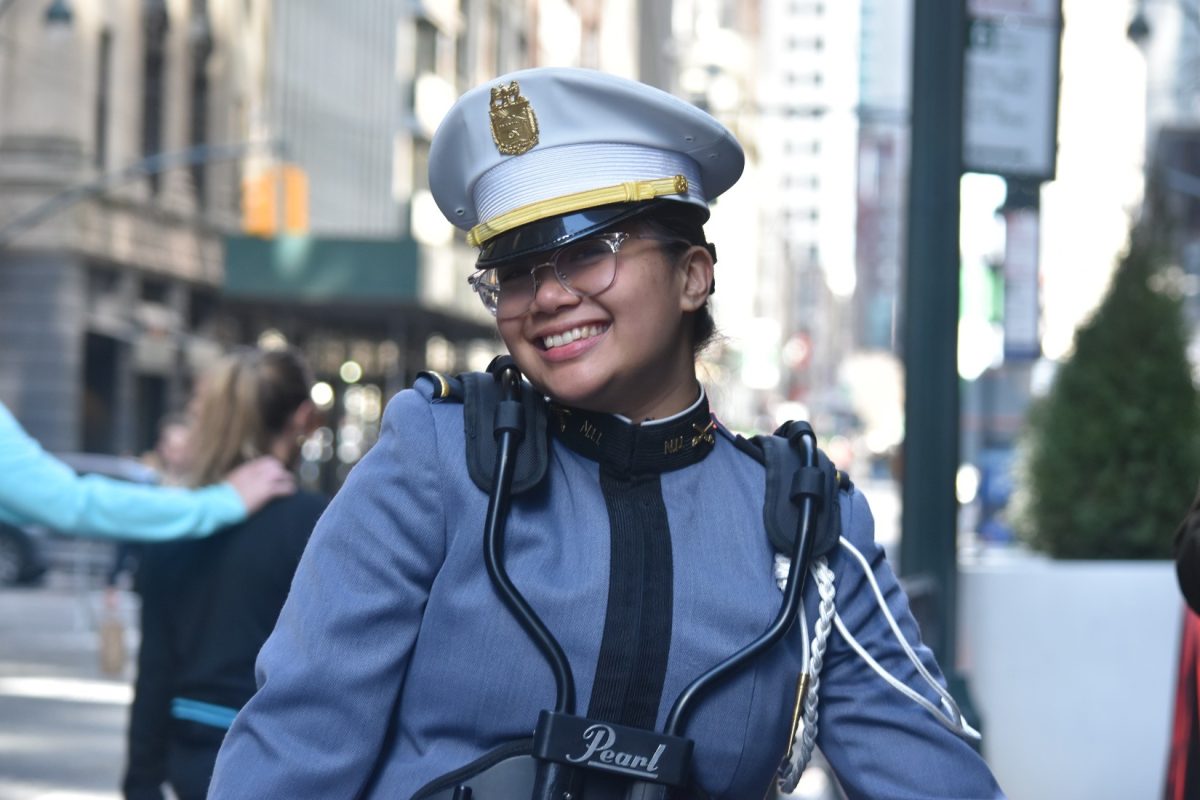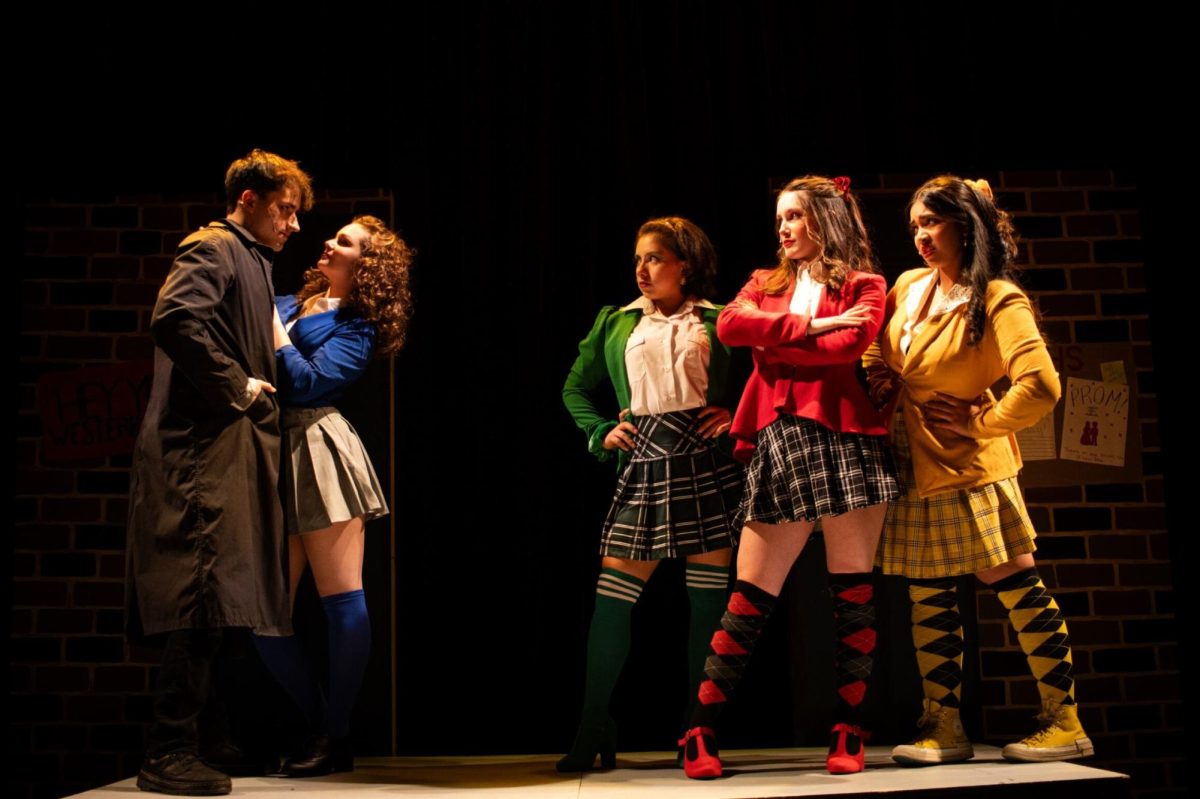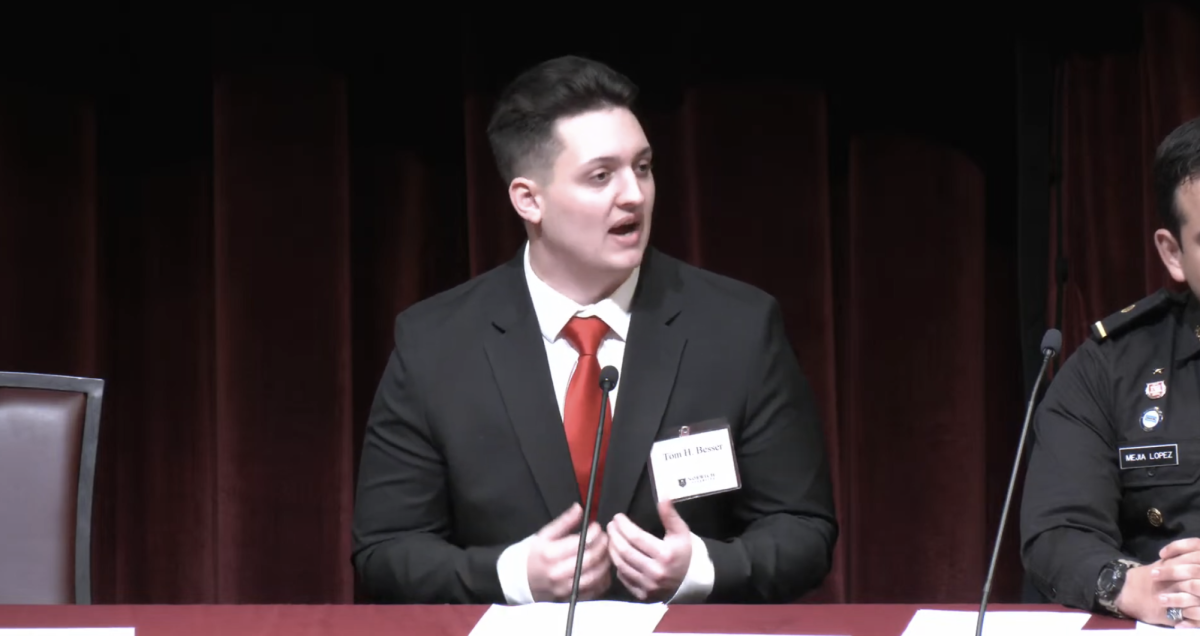More than 450,000 college athletes are eligible to make millions of dollars this year – and Norwich University’s Riley Geyer is one of them.
Geyer, with the help of his agent, are taking advantage of this recent opportunity of what are known as NIL deals, which refers to Name, Image, and Likeness rights.
“The agent reached out to me,” said Geyer, a sophomore civilian physical education major from Augusta, Maine. “I never really needed one. I thought it was going to be a cool opportunity, so I followed through with it.”
NCAA and college students can get paid by selling their name, image or likeness. Some athletes attached to brands have made over millions of dollars. According to USA Network, well-known athlete Lebron James’ son, Bronny James, has his NIL valuation set at $7.2 million from brands such as Nike, Beats by Dre and many others. Norwich student athletes are taking advantage of this opportunity as well.
Geyer is one of the more known NIL athletes on campus. Geyer said he holds deals with more than five clients, including his hometown pizza shop named the EndZone, the Country Side Diner, and the biggest account, Aroma Joe’s, a regional coffee chain.
He estimates he has made about $2,000 in NIL deals, about $1,500 of which has come in gift cards.
Geyer keeps everything from his NIL deals except for a 20 percent cut taken by his agent. Geyer also holds NIL deals that he considers to be smaller. A one-time deal was made with a sports massage therapist who gave Geyer a free massage, and a 50 percent off massage for posting the business on his Instagram story. Geyer has easily exceeded the thousand-dollar mark thus far.
Geyer is not the only student athlete on campus taking advantage. Matt Meehan, Norwich lacrosse player has five NIL deals himself. Meehan, 22, a senior cadet computer science major from Norfolk, Massachusetts, believes his “most important” ones to be from Uru Sports, PB Fit and RedCon1, all companies producing products that Meehan enjoys using to enhance his athletic performance.
“I do not make much money,” Meehan said.
Rather, he receives products from these companies, as well as discount codes that he can provide fans for a cut of what they purchase.
Many athletes on this campus “are not in it for the money, but rather the discounted and free products, as well as gifts and care packages coming at no cost,” Meehan said.
Not everyone is as interested in NIL deals. Mason McMahon, one of Norwich Lacrosse’s most decorated players in recent history, does not have any.
“For me, at least, it seems like it would distract me,” said McMahon, 22, a senior civilian construction management major from Norwich, Connecticut.
The timeline of NIL deals dates all the way back to 1956 when the NCAA allowed student-athletes to receive athletic scholarships. Later in 2014, after complaints from student athletes about receiving no compensation for the schools’ uses of their name, image and likeness there was a limit put on by the NCAA on these schools. At the time, student athletes themselves were not able to receive direct compensation for their name, image and likeness. This all changed in July of 2021 when all these restraints for the most part were thrown out.
Across college sports there is a clear divide amongst NIL’s popularity. There is a huge difference in the money being brought in by division one athletes and money being brought in by division three athletes, such as the smaller market at Norwich University.
Since NIL deals were adopted by the NCAA there are certain cases in which these deals can get universities in trouble. According to Sports Illustrated, the University of Tennessee had one of the “most prominent NIL collective programs in the country” and its “Volunteer Club” who is the backbone of the operation is getting them in trouble. This is raising eyebrows with the NCAA as it suspects collusion between the transfer portal and NIL deals.
Also, schools are beginning to alter athletic traditions having to do with NIL deals. According to the Daily Pennsylvanian, the IVY league’s University of Pennsylvania has just launched a program named “Penn-I-L” in support of NIL deals. This program acts a bridge between student athletes and NIL deals and does so monitoring them as well as making these processes go smoother.
NIL deals are still a very young concept. Already it has been made very clear that there have been universities that have benefited and then the opposite. With these rapid changes in long time NCAA rules, there is still room for the NCAA to alter the NIL setting in college sports.
McMahon isn’t so interested.
“I am more worried about playing lacrosse and getting a great education,” he said.


